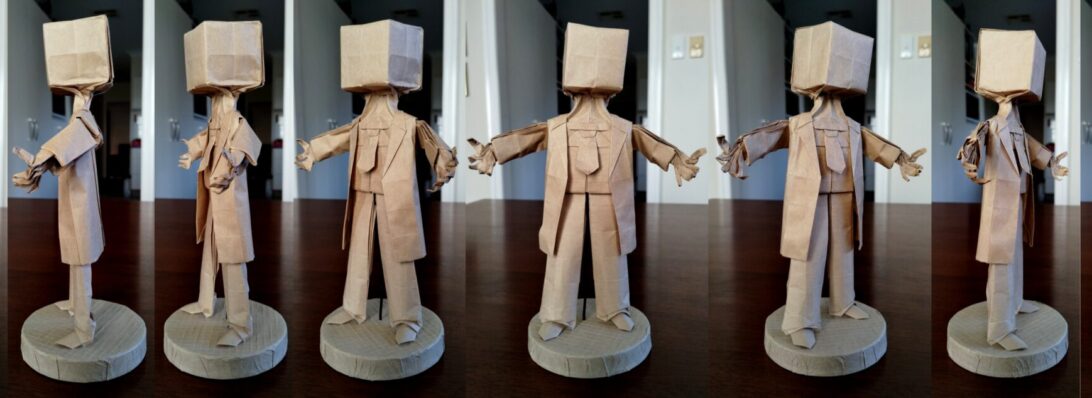If you have been paying attention, you would know i am a member of PAQ – Papermakers and Artists of Queensland. in 2025 we are mounting an exhibition that explores contemporary interpretations of the scroll, entitled “On a Roll”. I decided that I wanted to mount a FOLDED scroll as one of my submissions, and envisaged a massive tessellation:

I needed a theme, and a style. For a theme, I decided to try and “tell” the progression of the first year of the recent Covid-19 pandemic … because I could see a sequence of “blossoming” outbreaks that progressively “break” regular society.
The style choice was more complex – I love the aesthetic of Lacquerware – the Chinese/Japanese technique of covering simple materials in coatings of red lacquer, texture and patterns. I also wanted to have hints of “Kintsugi” – the Japanese technique of fixing broken pottery using lacquer and gold.

I chose red/natural Kraft paper because the red reminded me of the lacquer aesthetic, and the natural grounds the work in a common/everyday material. I selectively also introduced gilded elements into the finished folded work – symbolising the “patching” of the broken world – I went for a really minimal touch here, arguing less is more. Read further….
Continue reading





























